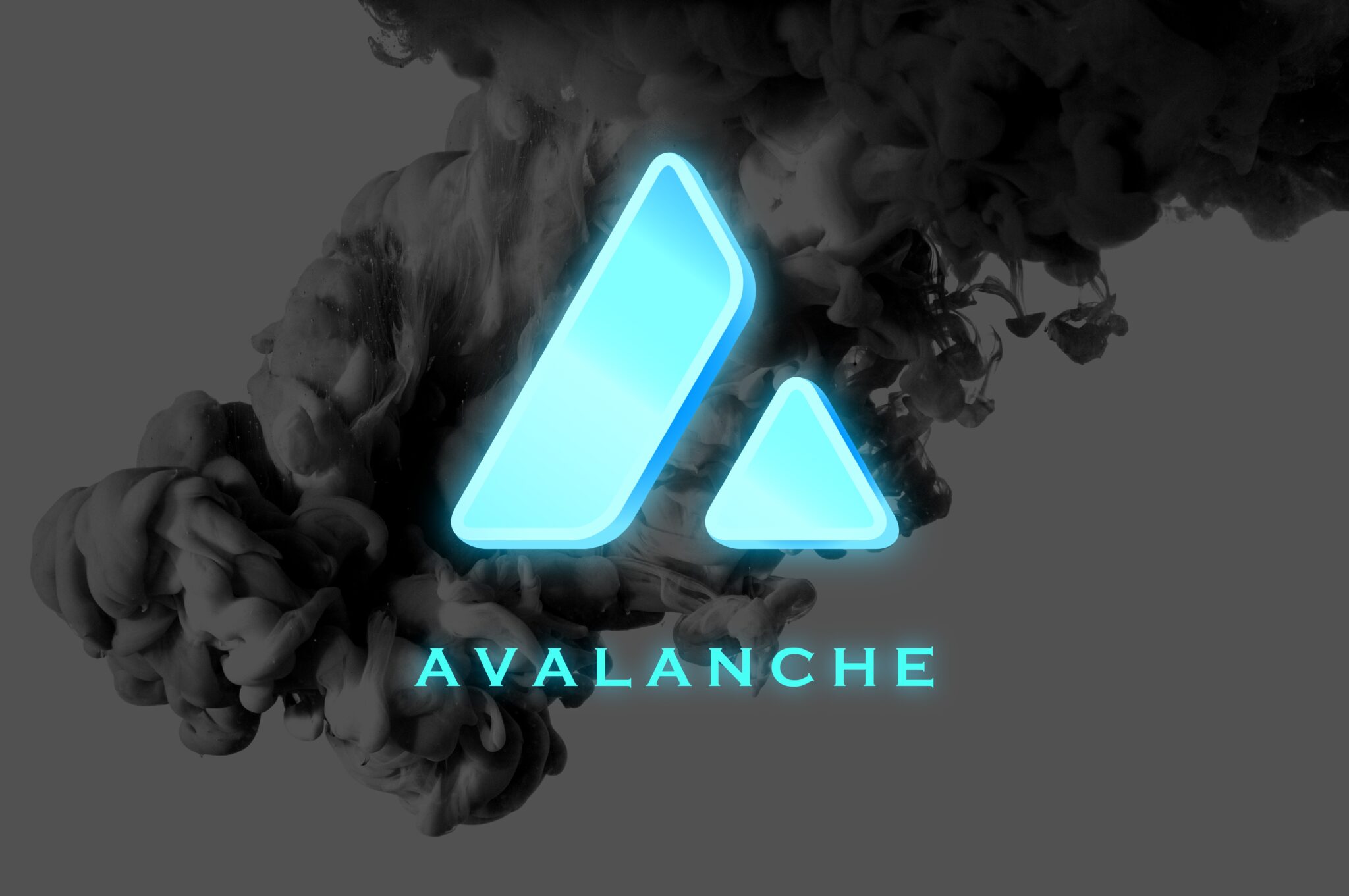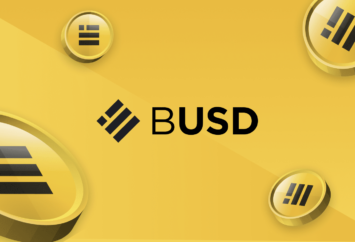With the emergence of new solutions around Web 3, public opinion is increasingly favorable to blockchain technology. And that adoption is expected to grow exponentially over time .

However, despite the many initiatives developed to guarantee the scalability of the network, the results are not yet really satisfactory. For example, the deployment of a decentralized application (DApp) on a layer 1 blockchain can induce significant costs generated by network congestion. This is why scaling solutions are of paramount importance, especially for the future of Web 3. Avalanche (AVAX) offers a unique approach to tackle this problem with the use of subnets which allow to redirect traffic that would otherwise clog its main channel. In this article, we will explore this concept, how it works and assess its relevance.
Understanding Avalanche Subnets
Subnets are a component of the Avalanche blockchain that allow developers and institutions to easily create layer 1 and layer 2 networks tailored to their specific needs by staking AVAX tokens.
In other words, they make it possible to deploy custom blockchains based on the Avalanche mainnet. They have the particularity of not sharing the same pool of resources. This allows, among other things, a better adjustment of the solutions with regard to the user experience.
Avalanche ‘s subnets are a working base that takes care of all the hardest aspects of creating a new blockchain (the consensus mechanism, security, etc.) so that developers can focus on creating value.
However, the latter can define the most advanced parameters of their infrastructure, whether it is tokens to pay transaction fees, governance tokens, validators of the network, the virtual machine, the functionalities or even regulatory requirements. The customization process helps meet complex needs by creating use cases in a secure and scalable environment.
To do this, the subnets separate each application from the network, to prevent the increase in load of one of them from causing congestion on the entire network. This way, the network won’t be slowed down and charges won’t increase if a subnet is overused. This measure helps to reduce transaction costs.
On the other hand, despite this partitioning, the subnets still take advantage of the advantages of the Avalanche blockchain such as its number of transactions per second (TPS), its finality and its reduced transaction costs.
Another important data, subnets are compatible with the Ethereum Virtual Machine (EVM) and many other virtual machines. This makes it easy to migrate a dAPP to an Avalanche subnet .
What is the point of subnets ?
Along with the removal of congestion risk, ease of deployment, and customization, Avalanche blockchain subnets have many advantages . We can cite:
- Compliance: Avalanche subnets integrate compliance with the regulatory standard previously defined by the developers. Indeed, the latter can impose on the validators of the network to meet a set of requirements to be a member of the subnet . This may include going through a KYC/AML check, being in a certain country, etc.
- Support for private blockchains: it is possible to create a subnet accessible only to certain validators. Similarly, it is also possible to set up a private network in which the content can only be consulted by its validators. This approach is ideal for organizations that want to keep their information private.
- Optimization of DApps: Some decentralized applications have specific hardware and functional requirements. If they are hosted in subnets , the developer may impose certain constraints on the validators in order to avoid a loss of efficiency.
- Flexibility and workload reduction: In a heterogeneous environment, validators do not necessarily want to participate in the validation of transactions from all networks. Thus, the architecture proposed by Avalanche allows them to work only with the blockchains that interest them.
The subnets feature offered by Avalanche offers an intuitive framework that allows anyone to create their own blockchain, anticipating future developments in their infrastructure. While this is an interesting solution to the scalability problem, won’t Avalanche have to sacrifice one aspect of the blockchain trilemma sooner or later?


